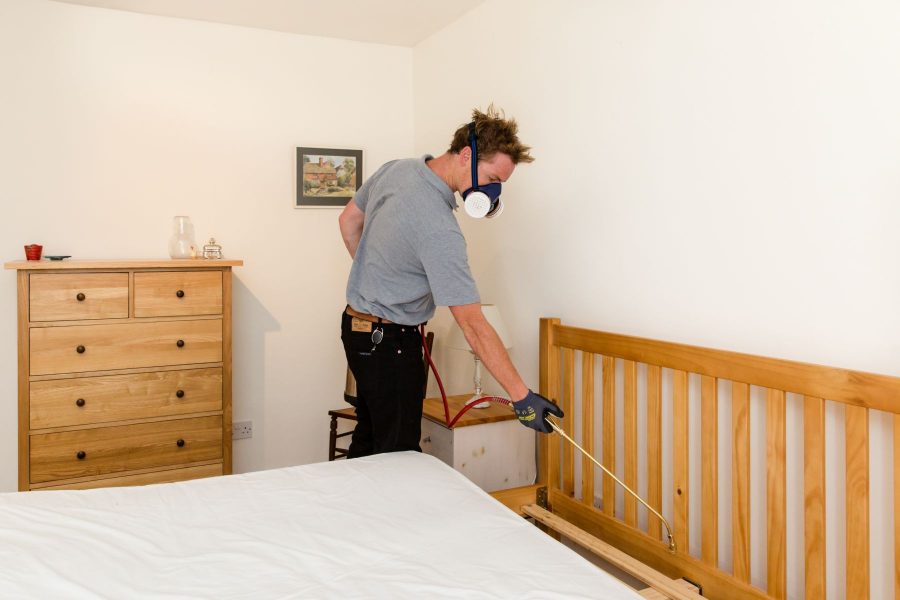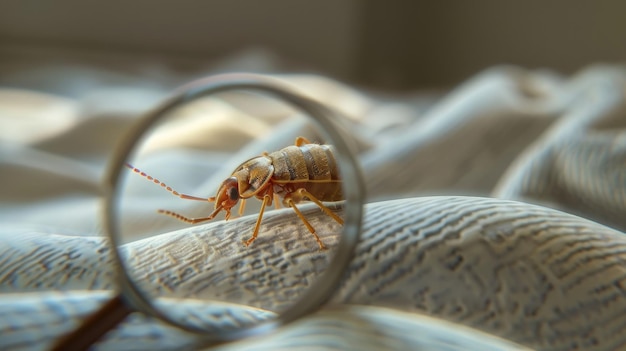
Little parasitic insects, bedbugs may wreak havoc in houses, hotels, and other places. Usually invisible until an infection gets serious, these insects consume human blood. Should you have black patches on your bedding or itchy red bites, it might be time to investigate a possible bedbug issue. Fortunately, you may get safe and efficient bed bug control products to assist with their elimination.
Knowing Bed Bugs: Your Opponents
One should know what bedbugs are and how they operate before digging into control remedies. Usually hiding in cracks and crevices during the day, bedbugs are tiny, oval-shaped insects that come out to eat human blood at night. Although their bites can cause discomfort, irritation, and, occasionally, allergic responses, they are not known to spread illnesses.
Bedbug control is inspection
Starting the process of eradicating bed bugs is a careful house examination. Search for the little, reddish-brown insects themselves, around the size of an apple seed. They frequently lurk under furniture or baseboards, in mattress seams, and in bed frame gaps. Black spots—the fecal waste of the bugs—as well as eggs or shells may also be found here.

2. Heat Treatment: Non-Chemical Solution
Heat treatment is among the most efficient and non-toxic methods available to destroy bedbugs. Temperatures above 120°F (49°C) cannot support bedbugs. Heat treatment is heating rooms, furniture, and bedding to the necessary temperature using steamers or other specialist tools. Bed bugs in all phases—including eggs, larvae, and adults—can be killed using this approach very well.
3. Vacuum: An Easy yet Powerful Approach
Getting bedbugs and their eggs off surfaces is simple and quick by vacuuming. Clean baseboards, seams, and cracks in your furniture, beds, and cabinets using a vacuum with a hose attachment. Vacuum the flooring, carpets, furniture, and even the walls to cover every aspect of the space. Vacuum bags should be disposed of right once or dump the canister into a sealed plastic bag to stop any bedbugs from escaping and re-infecting the surroundings.
4. Chemical Treatments: For Particularly Bad Infestations
Larger infestations might need chemical treatments. Several bed bug control pesticides are on the market that can help eradicate and ward against bedbugs. These compounds are available as powders, sprays, and even dust formulations. Use chemical treatments; be sure to closely follow product directions. Although certain bedbugs may get resistant to particular pesticides, chemicals should be used as a last option or in concert with other strategies.
5. Preventive Strategies: Maintaining a Bed Bug-Free Home
Once bedbugs have been effectively eradicated, you should act preventatively to guarantee they never resurface. These pointers should help you maintain your house free of bedbugs:
- Look often for evidence of bedbugs in your house.
- Shield against future infestations with bedbug-proof mattress encasements.
- Steer clear of bringing used furniture into your house without first looking for bugs.
- Keep your house clean, as bedbugs enjoy hiding in messy places.
Dealing with a bedbug infestation can be taxing, but with the correct techniques, you can take back control of your house. There are various safe and efficient methods to get rid of bedbugs, from heat treatments to vacuuming, without using dangerous chemicals. Long term, you may keep your living areas bedbug-free by spending time to check your house, applying appropriate treatment techniques, and following prevention actions. Early action is crucial to stop a minor issue from spiraling into a full-fledged epidemic.






